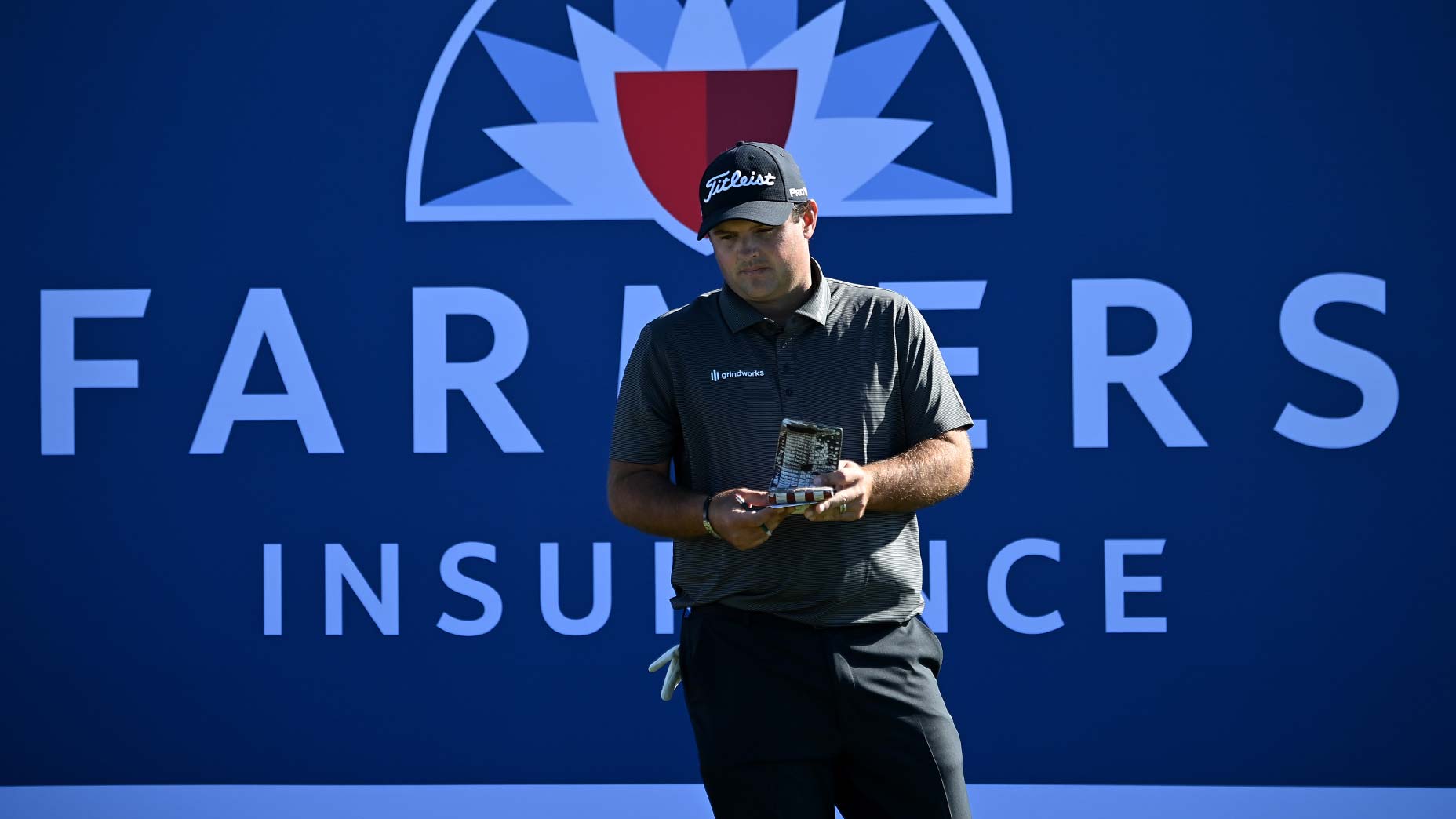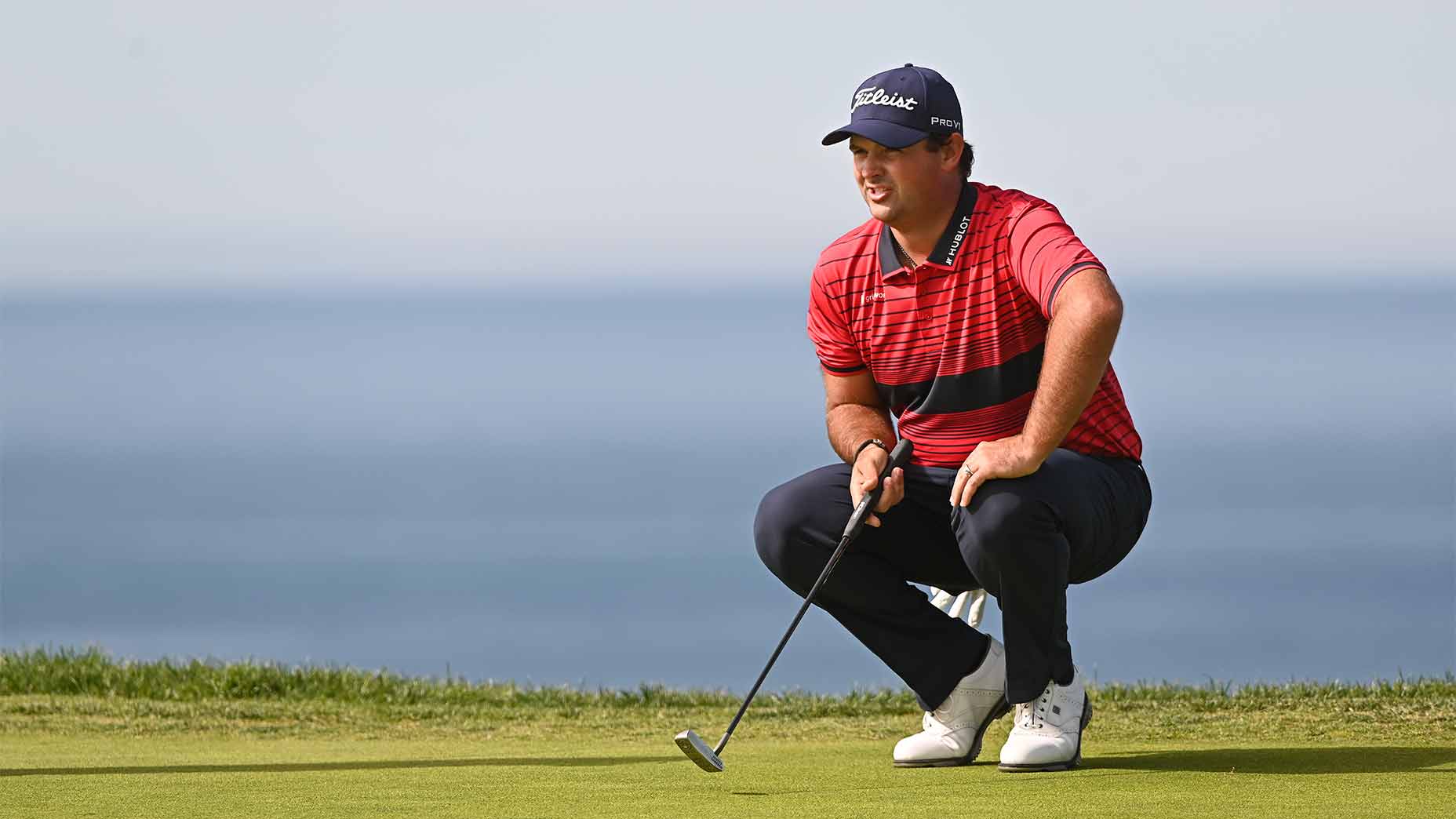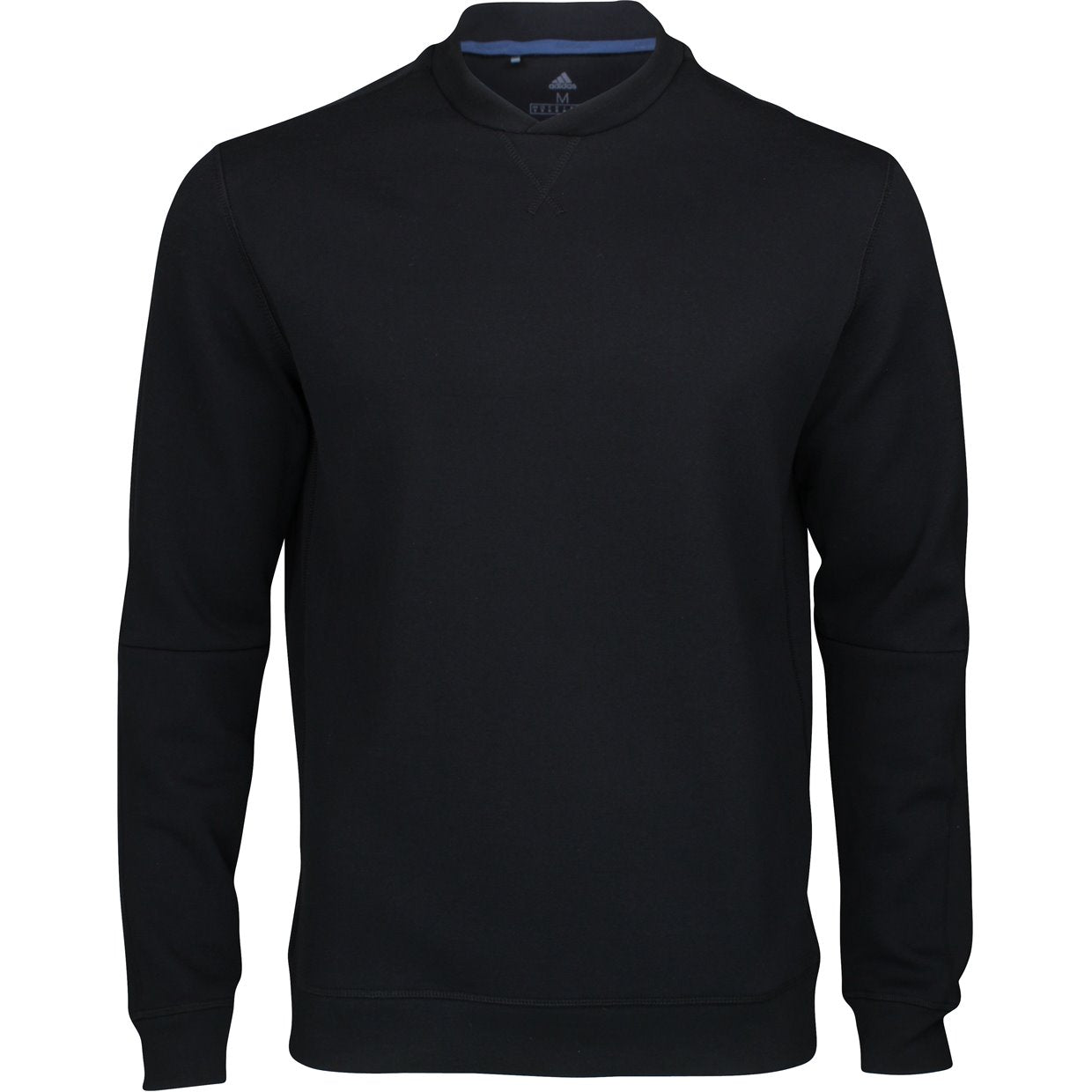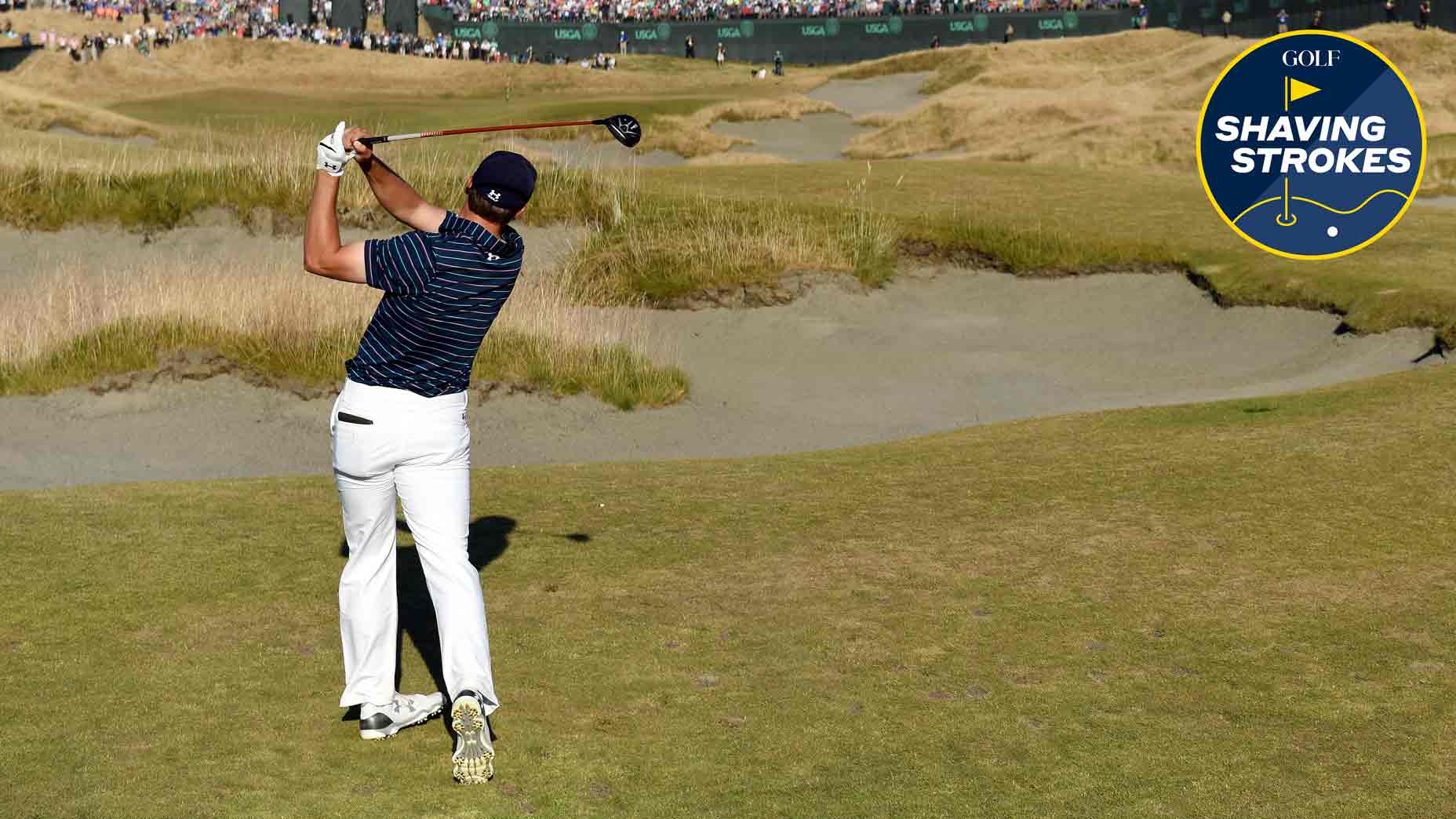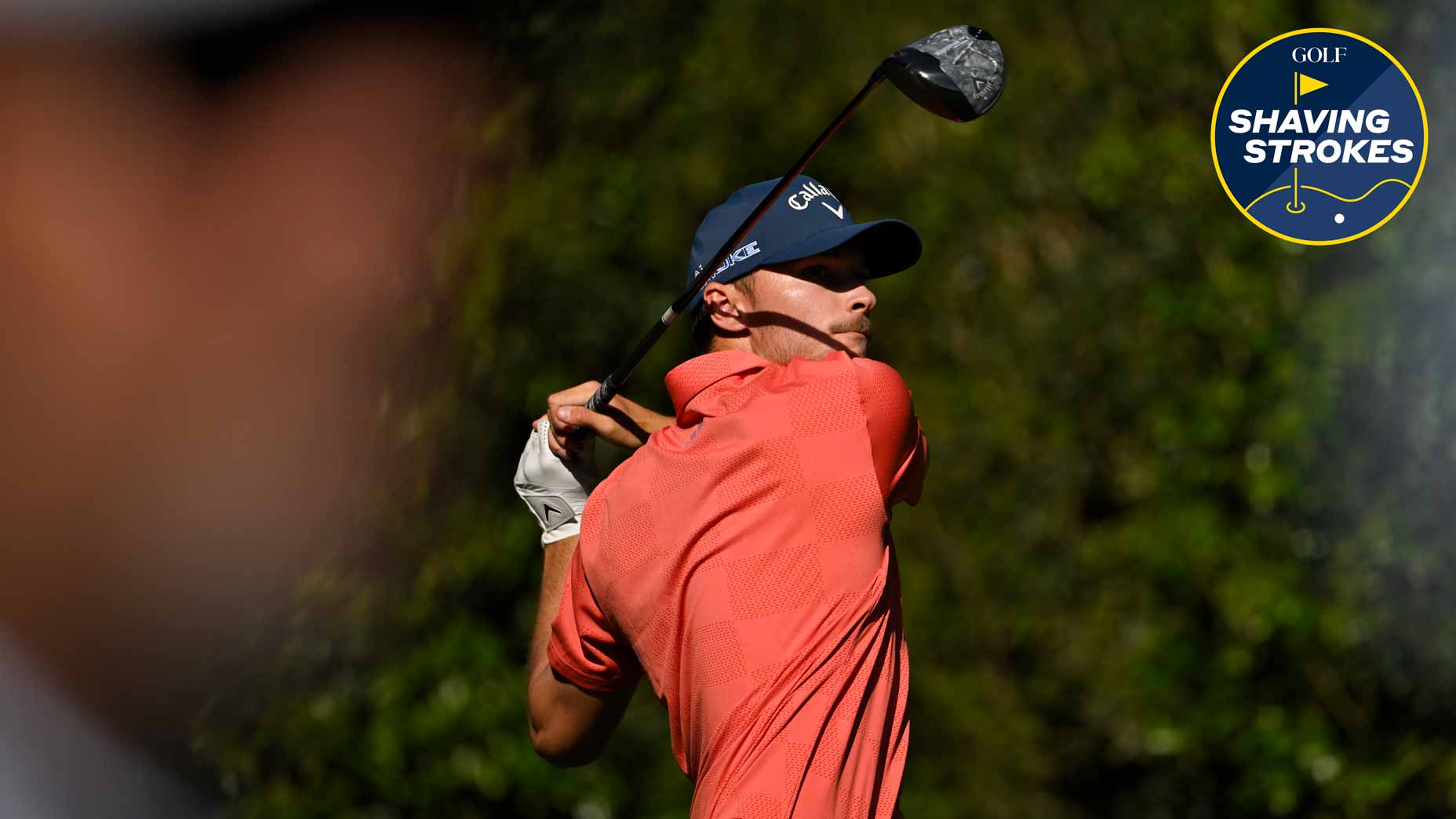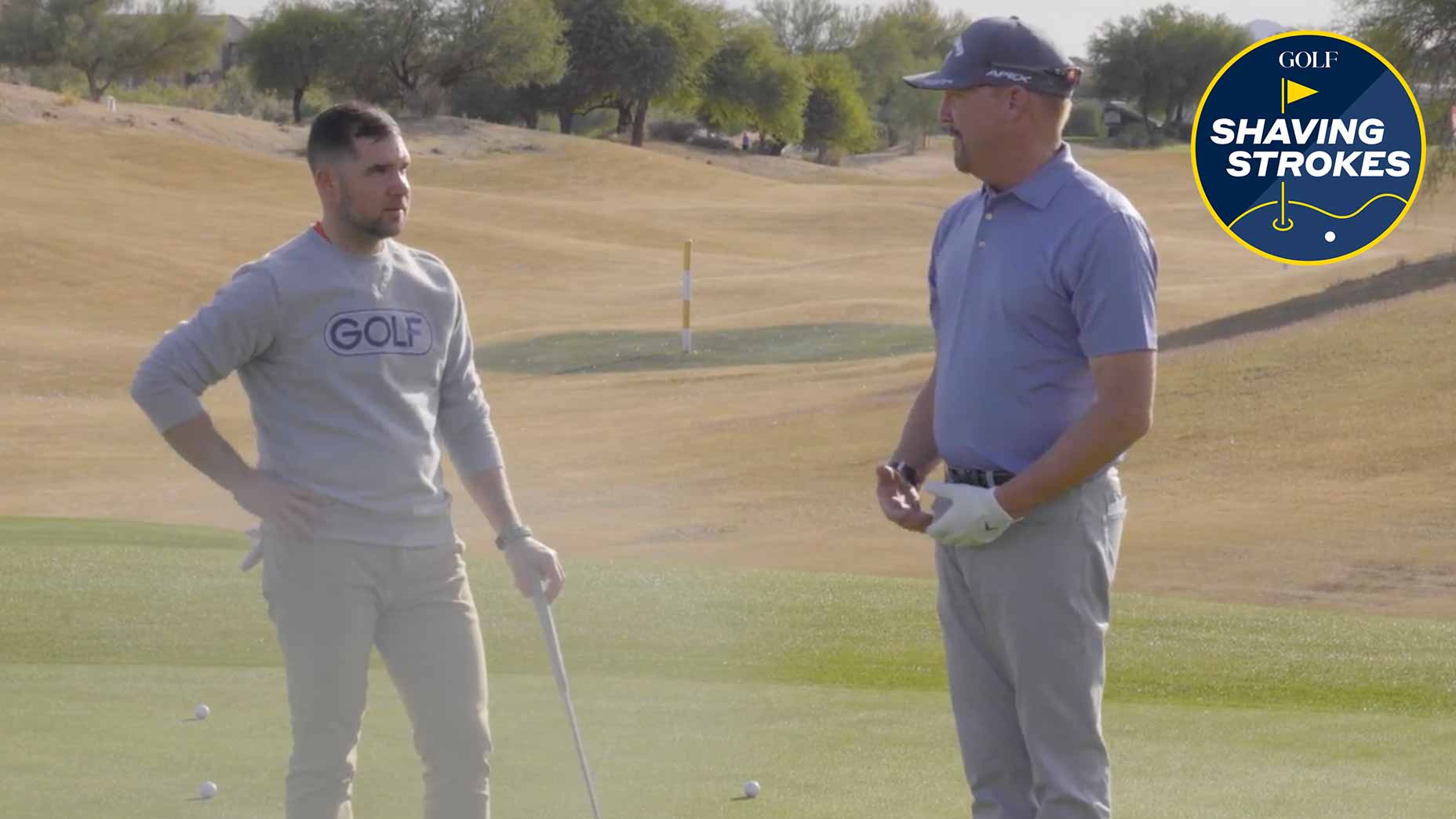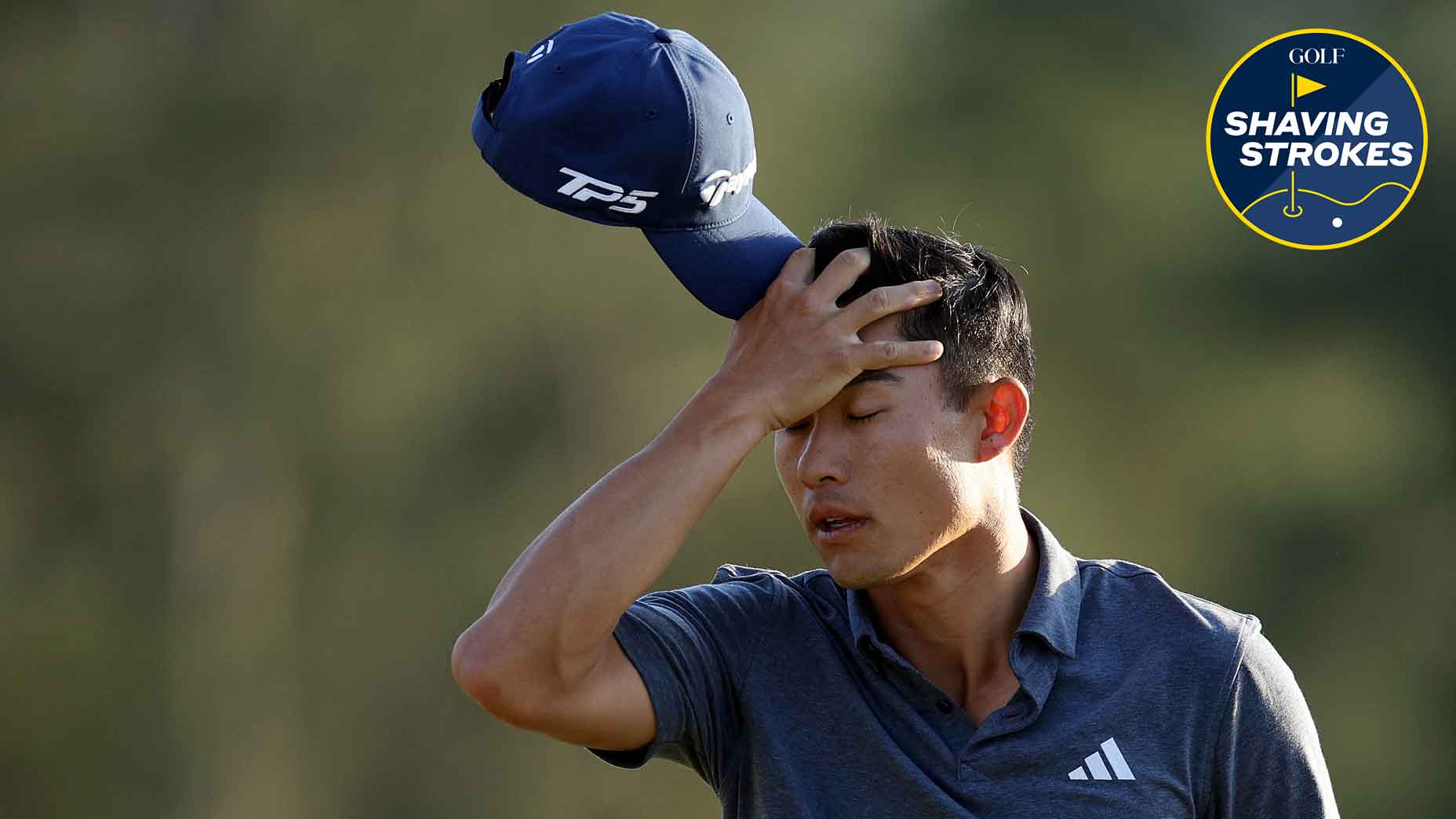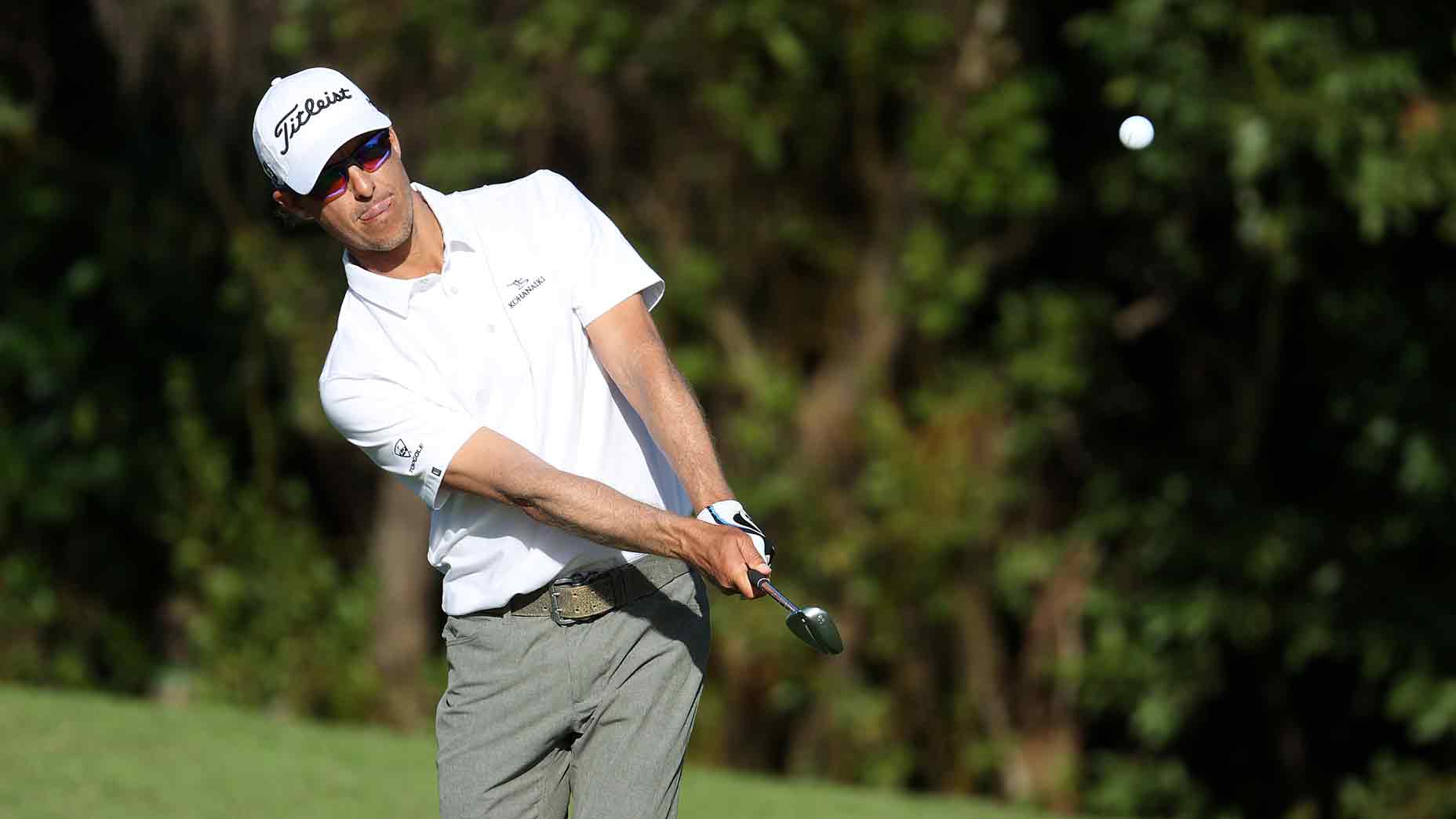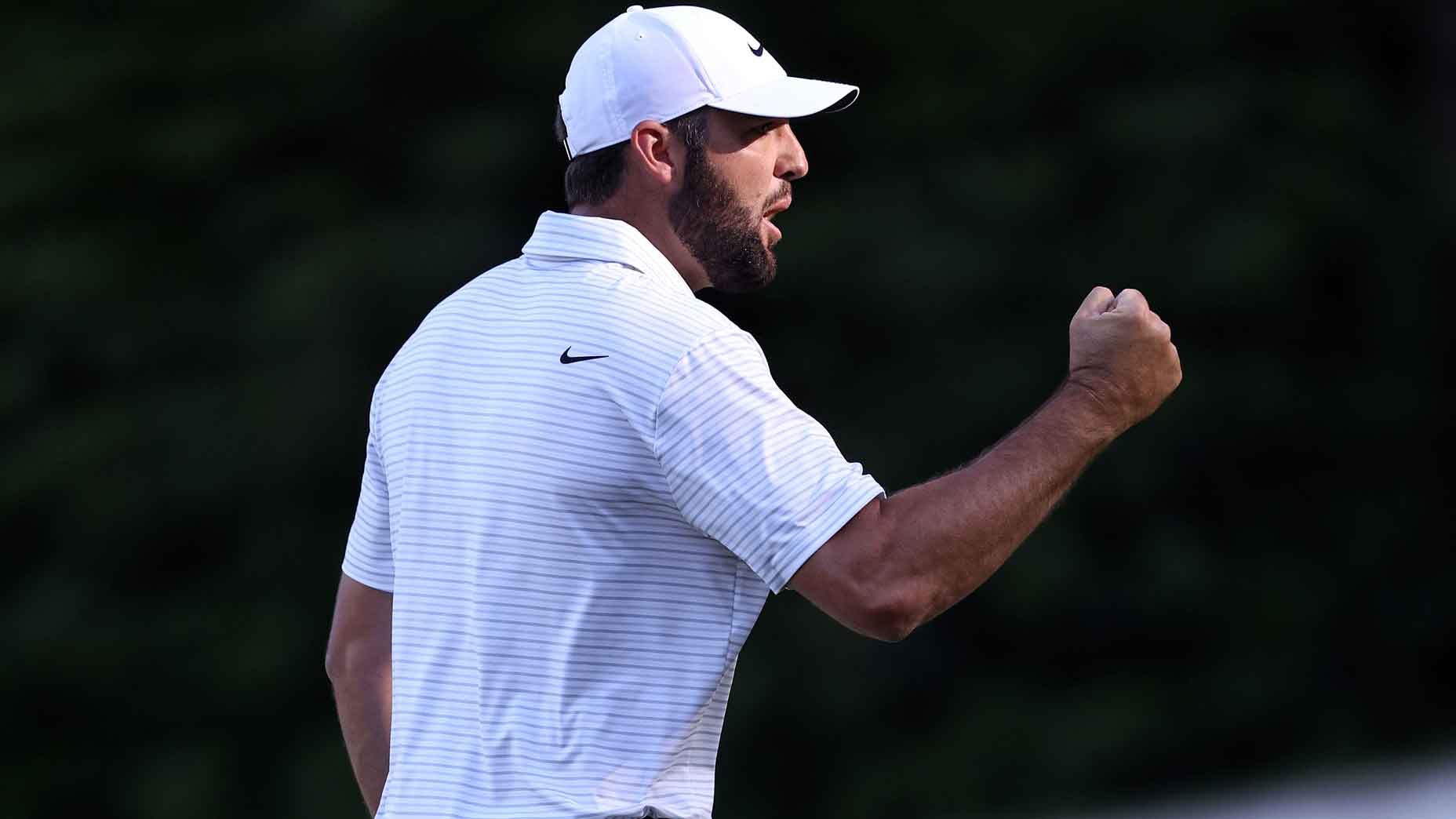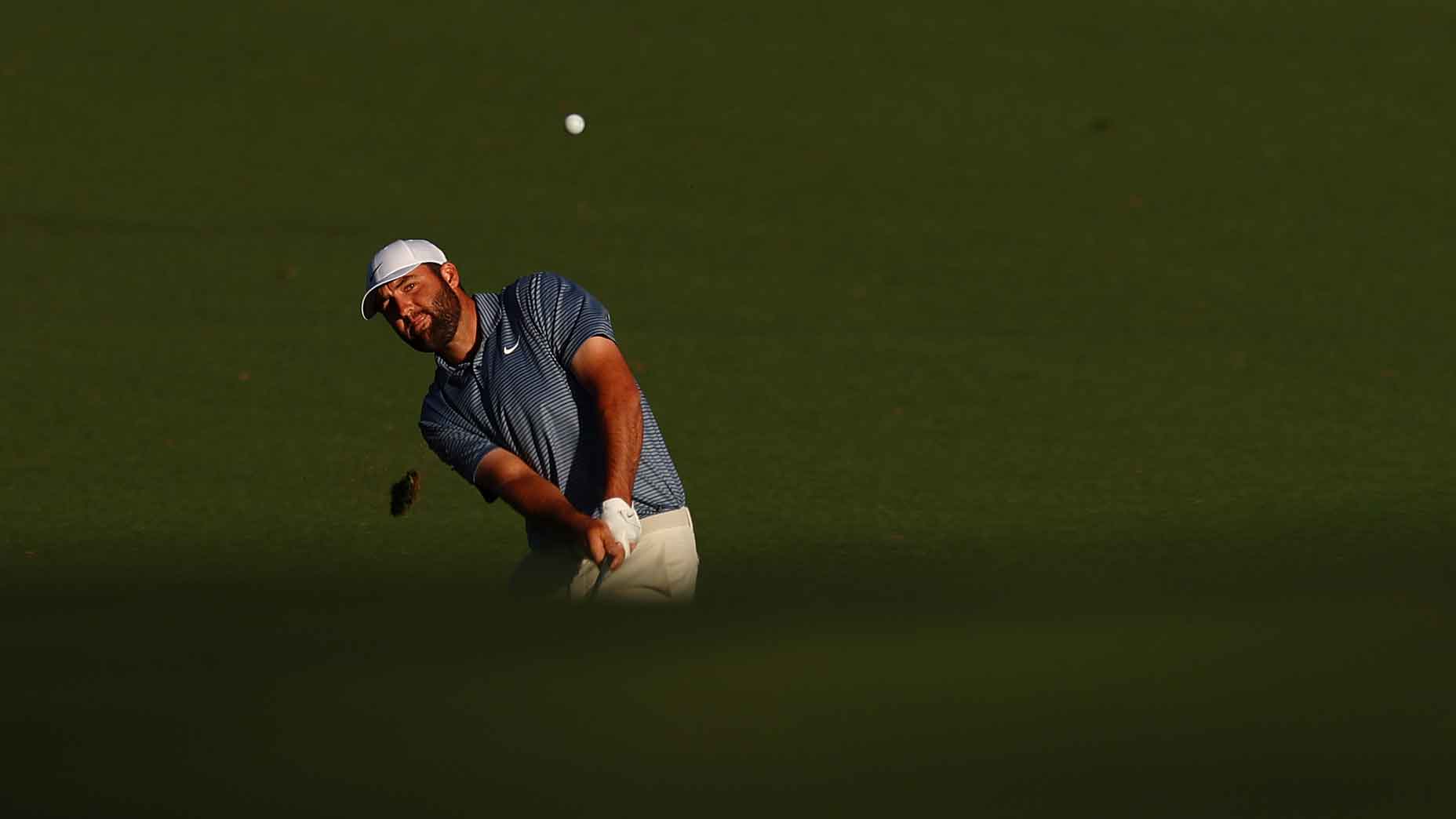Teachable Moments: Hitting fat sand shots? Try Patrick Reed’s bunker stance
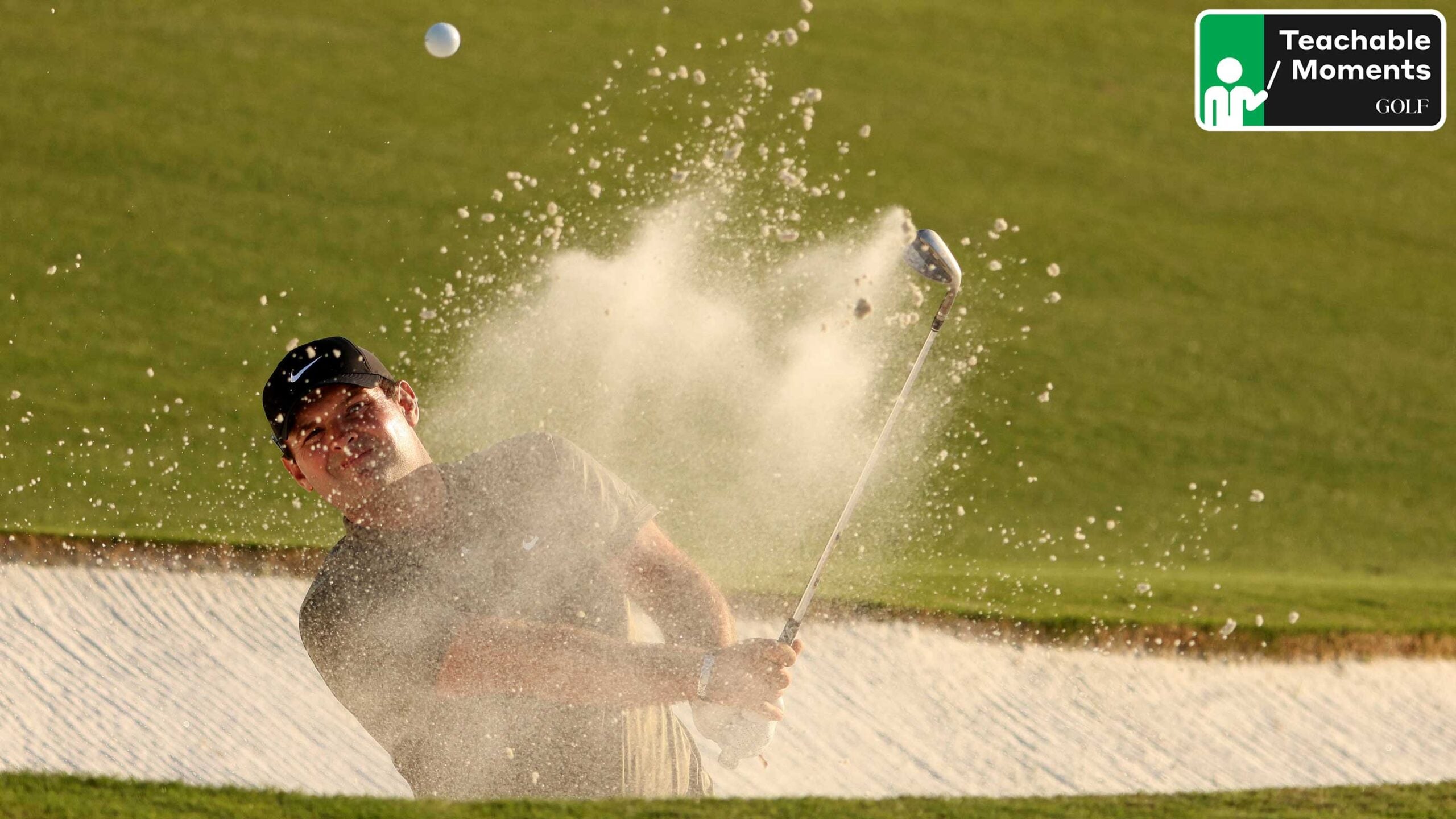
You can learn plenty from Patrick's Reed approach to bunker play.
Getty Images
Patrick Reed was the story of golf last week — and not just because of his five-shot win at the Farmers Insurance Open. Reed yet again found himself at the center of a rules controversy, this time centering around an embedded ball during the third round.
But despite all the noise questioning his character, Reed yet again blocked it all out and cruised to another big win. No matter how you feel about Reed, that ability to ignore — and seemingly feed off — adversity always impresses. That chip-on-the-shoulder mentality has been Reed’s ethos throughout his career, and this weekend was yet another chapter in the narrative.
There is another aspect of Reed’s game that impressed (as it normally does), and that’s his bunker play. Reed’s short game has always been a strength, so it’s worth taking a closer look at how he is able to get up-and-down with such regularity when he finds himself in trouble.
The first thing to analyze when looking at Reed’s bunker success is his technique and, as Golf Digest’s Daniel Rapaport pointed out this weekend, his form might look a little different than you might expect if you were to follow “conventional wisdom.”
Amateur players will typically set up with an open clubface when confronted with a bunker shot in order to utilize the club’s bounce out of the sand. This is what you should be doing. But in addition to this open clubface, amateurs will also open their stance quite wide, too. This opens the door for some problems.
From the open stance and a proper out-to-in club path on a bunker shot, this leaves you in position to cut across the ball at impact, which opens up the possibility of catching the leading edge in the sand and hitting the shot fat.
If you look at Reed’s stance in the bunker, his feet and shoulders are in line with the target, while his clubface is still open. This is the setup position you want to emulate. From this setup, you are in a better position to utilize the club’s bounce and splash the ball out with ease.
This square-at-address technique is one that is utilized by one of the greatest bunker players of all time in Luke Donald. He says that while in the past it has been taught to be open at address, he finds more consistency with a square stance at address, just like Reed does.
“I’m a big advocate of being square, maybe even a tiny bit shut, if anything,” Donald says in a bunker tutorial from his Instagram. “What it often promotes if I’m too far open, is people shallowing it out, coming from the inside. Usually that makes you back out of it. You hit too far behind the ball and hit it fat.”
Next time you find yourself in a bunker, try to emulate what Reed and Donald do and keep your stance square. It’ll help you use the bounce more effectively and splash more consistent bunker shots.

